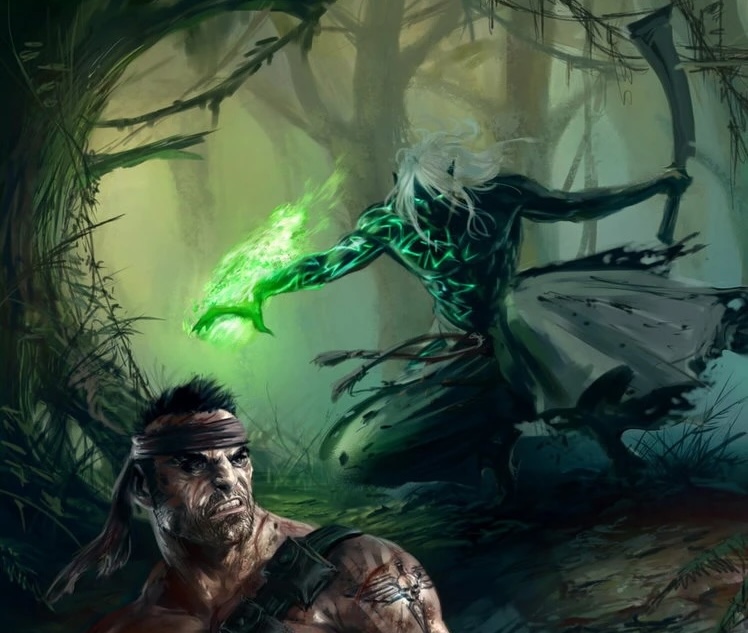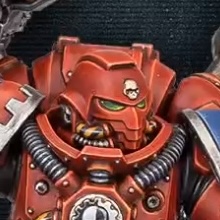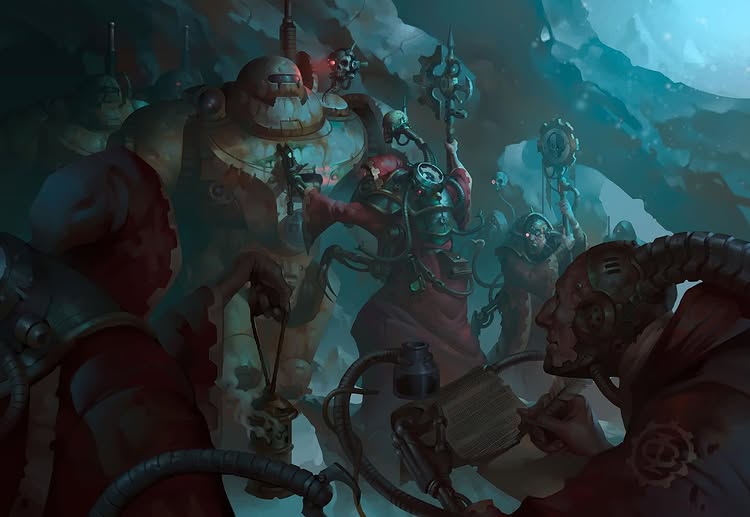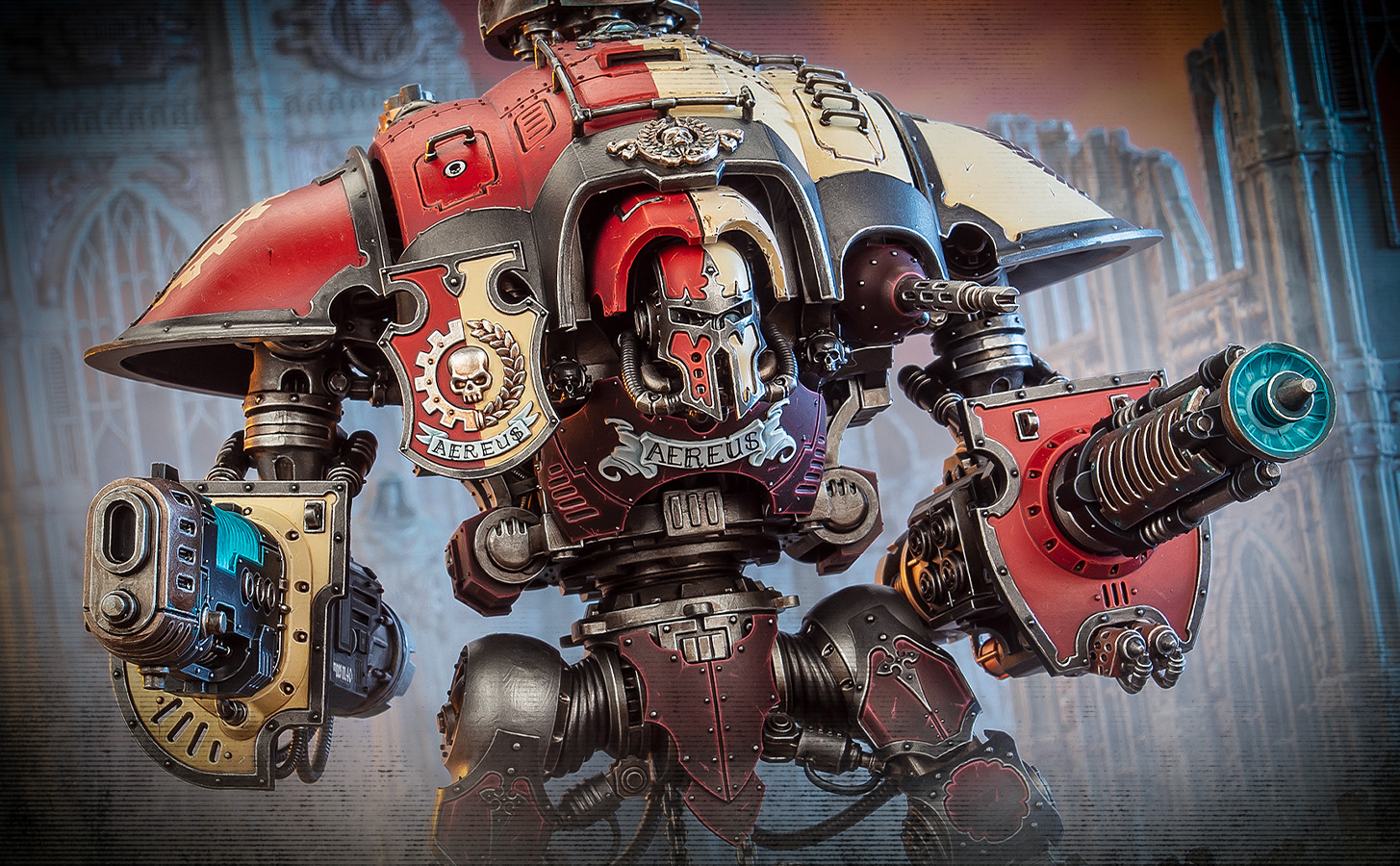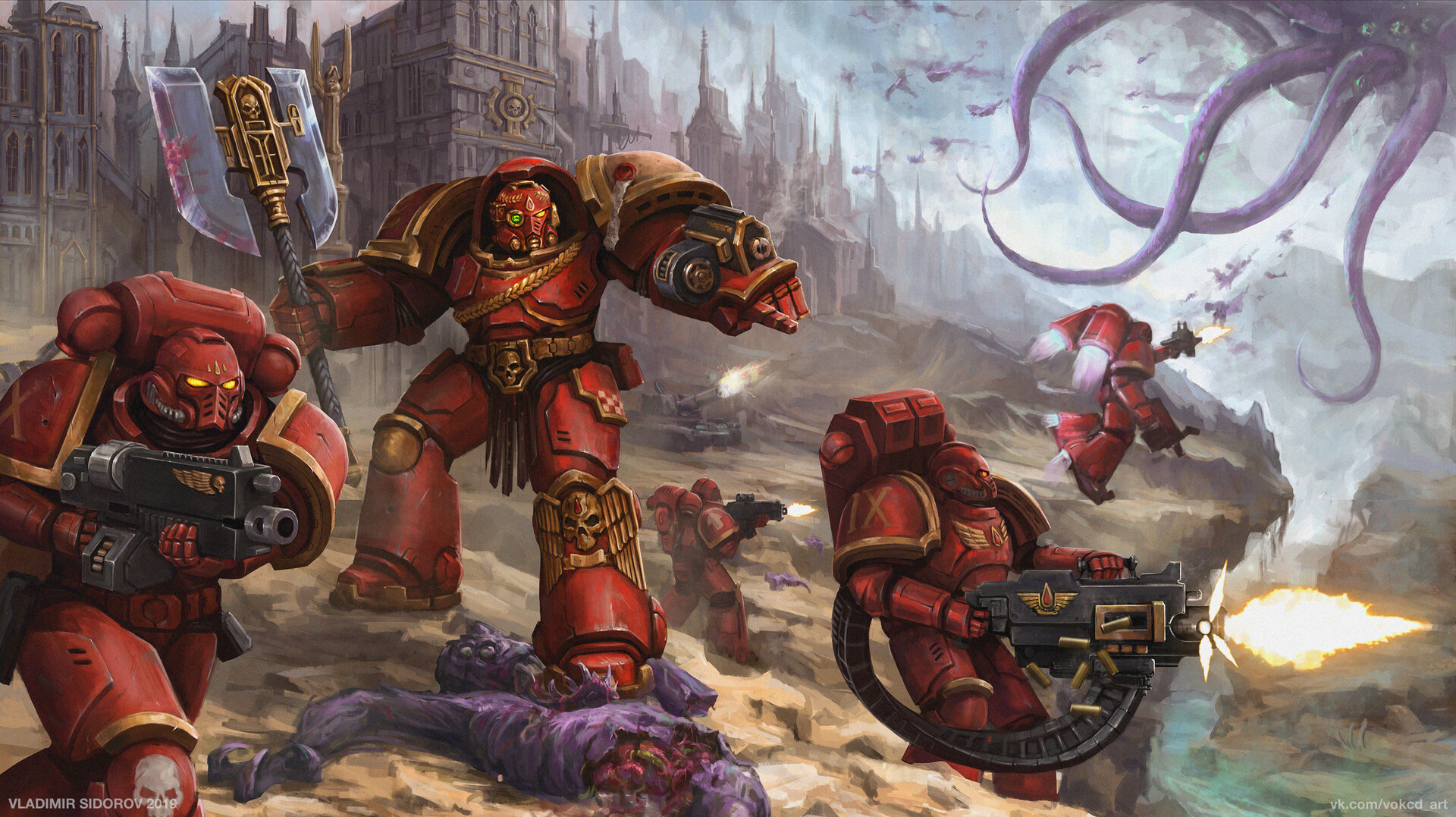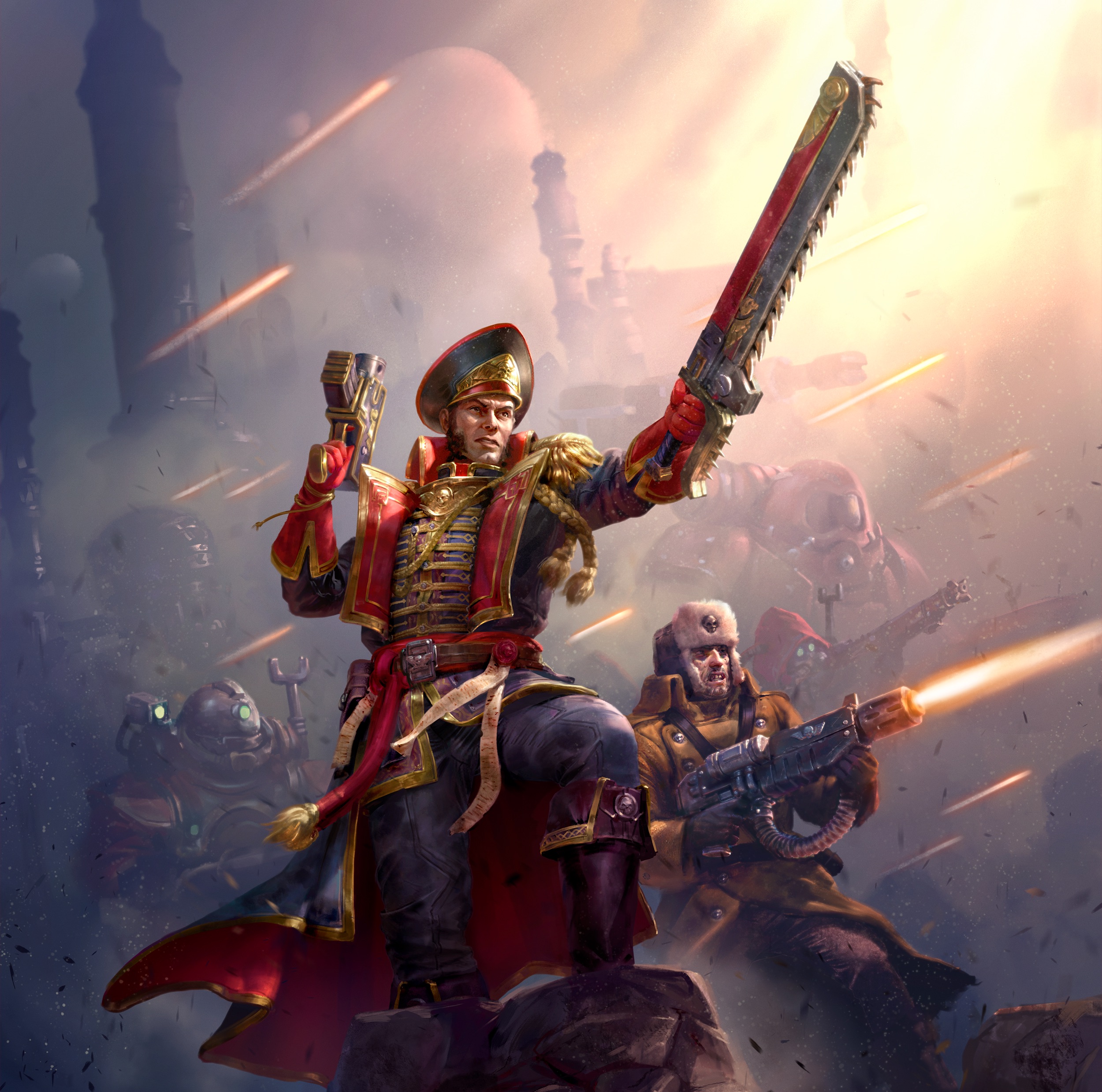In the vast, grim darkness of the Warhammer 40,000 universe, few beings inspire as much dread as the Mandrakes. Even among the sadistic Drukhari (Dark Eldar), these shadow-born hunters are whispered about with genuine fear. They are the nightmares that stalk the darkness, the cold flames that burn without heat, the reflections that move independently of their owners. Mandrakes represent one of the most mysterious and terrifying aspects of the already horrifying Drukhari culture, embodying the supernatural elements of this predominantly science-fiction setting.
Origins Shrouded in Shadow
The true origins of Mandrakes remain one of the many enigmas of the 41st millennium. Native to the region of Commorragh known as Aelindrach—a dimension of pure darkness that somehow connects to the Dark City—these beings exist partially in reality and partially in a different dimension altogether.
Several theories attempt to explain their existence, each more disturbing than the last. Some scholars of the Imperium believe Mandrakes are the very shadows of reality brought to life through some arcane process. Others suggest they are descendants of a forbidden cult of Eldar who found a way to pass into shadow to avoid the catastrophic Fall that created Slaanesh, the Chaos God of excess. Perhaps most disturbing is the theory that they represent the unholy union between ancient Eldar and unnamed entities from the darkest corners of the warp during the most decadent days of the Eldar Empire.
The Haemonculi—the flesh-sculptors of Commorragh—claim credit for the first Mandrakes, suggesting they were created through their twisted experiments for the Wych Cult of Grief. Whether this is truth or merely the arrogance of these ancient torturers remains unknown.
What is certain is that Mandrakes have evolved or been transformed into something no longer fully Eldar. Their physiology has adapted to make them nearly invisible in darkness, developing what is known as “shadow-skin” that absorbs light rather than reflecting it. This adaptation allows them to blend seamlessly with shadows, becoming practically undetectable until they choose to reveal themselves—usually moments before they strike.
Younger Drukhari refer to Mandrakes as “creepers,” whispering that these beings can slink from one shadow to another or crawl their way out of reflections. Such tales might seem like mere superstition in a technologically advanced civilization, but in the case of Mandrakes, the terrifying stories are often understated compared to the reality.
Supernatural Abilities and Terrifying Characteristics
What truly sets Mandrakes apart from other denizens of the 41st millennium is their suite of supernatural abilities that blur the line between science and sorcery. Unlike most Drukhari, who rely on advanced technology and sadistic skill, Mandrakes wield powers that seem almost magical in nature.
Their most distinctive ability is their command over shadow and darkness. Mandrakes can physically enter reality through shadows, materializing from the darkness like living nightmares. This power allows them to bypass conventional defenses, appearing behind enemy lines or within supposedly secure locations without warning. They exist within a different reality itself, capable of stepping between dimensions in ways that confound Imperial scholars and terrify their victims.
When Mandrakes strike, they do so with unnatural strength that belies their lithe frames. They possess physical power more commonly associated with brutish Orks rather than the typically agile but less physically imposing Eldar. This strength, combined with their preferred weapons—Glimmersteel Blades and an assortment of hooked implements designed to extract maximum pain—makes them lethal combatants in close quarters.
Perhaps their most visually distinctive feature is their control over what is known as “balefire”—cold, ghostly flames that burn with an eerie blue-green light. These supernatural flames don’t provide warmth but instead seem to draw heat from their surroundings. Mandrakes can manifest these flames from their bodies, using them to disorient and terrify opponents before consuming their life essence.
Physically, Mandrakes are humanoid but distinctly alien. Their skin constantly shifts and changes, displaying faces of those they’ve killed or encountered, creating a disturbing mosaic of expressions that ripple across their forms. Their eyes glow with the same cold fire they wield as weapons, and their bodies are adorned with ritual scarification and tribal markings that pulse with otherworldly energy.
The cannibalistic nature of Mandrakes further separates them from other Drukhari. While all Dark Eldar feed on suffering to prevent their souls from being consumed by Slaanesh, Mandrakes take this practice to a more literal level, often devouring parts of their victims. This consumption may be linked to how they absorb and later display the faces of those they’ve encountered, incorporating aspects of their prey into their own shifting forms.
Hierarchy and Role in Drukhari Society
Within the already complex social structure of Commorragh, Mandrakes occupy a unique position. They exist largely outside the traditional power structures of Kabals, Wych Cults, and Haemonculi Covens, instead forming their own mysterious society with a hierarchy that remains largely incomprehensible to outsiders.
At the top of this shadowy organization are the Nightfiends—leaders whose very presence can cause an enemy’s blood to curdle. These alpha predators command units of Mandrakes with an unspoken authority, directing their lethal activities with cruel efficiency. Below them are specialized types including Abyssals (living conduits of Aelindrach’s malign energy), the Chooser of the Flesh (who collect limbs for arcane rituals), Dirgemaws (who haunt their prey with shadow projections), and Shadeweavers (who manipulate darkness itself to create tunnels through reality).
The most famous Mandrake is undoubtedly Kheradruakh, known as the Decapitator—a being who has achieved near-mythical status among the Drukhari. This ancient entity has collected the skulls of specific victims for millennia, working toward some unknown and undoubtedly terrible purpose.
What makes Mandrakes particularly unusual in Drukhari society is that they are feared even by other Dark Eldar—a race not known for experiencing fear themselves. When Archons—the supreme overlords of Drukhari society—require particularly difficult or sensitive tasks performed, they sometimes turn to Mandrakes, though such arrangements are fraught with danger.
The payment demanded by Mandrakes for their services is as strange as they are: a treasured memory, a heartbeat, a true and secret name, or other esoteric ephemera that have no value to anyone but themselves. What they do with these unusual payments remains unknown, though some speculate they use them in rituals to strengthen their connection to the shadow dimension.
Conclusion: Shadows in the Grimdark
In a universe defined by its extremes—where the Imperium’s zealotry matches the Tyranids’ hunger and Chaos’ corruption—the Mandrakes stand apart as uniquely disturbing. They represent the supernatural horror element of Warhammer 40,000, embodying fears as ancient as darkness itself.
What makes Mandrakes particularly compelling is their ambiguity. Unlike daemons, whose nature and origins are well-documented, or aliens like the Tyranids, whose biology is understood if alien, Mandrakes remain fundamentally mysterious. They exist in the narrative gaps of the setting, in the shadows between established facts, allowing them to embody the unknown in a universe where knowledge itself is often dangerous.
Their position within Drukhari society further enhances this mystique. In a faction defined by excess, cruelty, and the quest for power, Mandrakes represent something that even these masters of terror find unsettling. They are the monsters that frighten the monsters—a concept that adds depth to the already complex social dynamics of Commorragh.
Whether they are remnants of the ancient Eldar who found a different path to survival, the results of forbidden experiments, or something else entirely, Mandrakes continue to haunt the shadows of the 41st millennium. They remind us that in the grim darkness of the far future, there are depths of horror yet to be fully explored—places where even light itself fears to tread.
